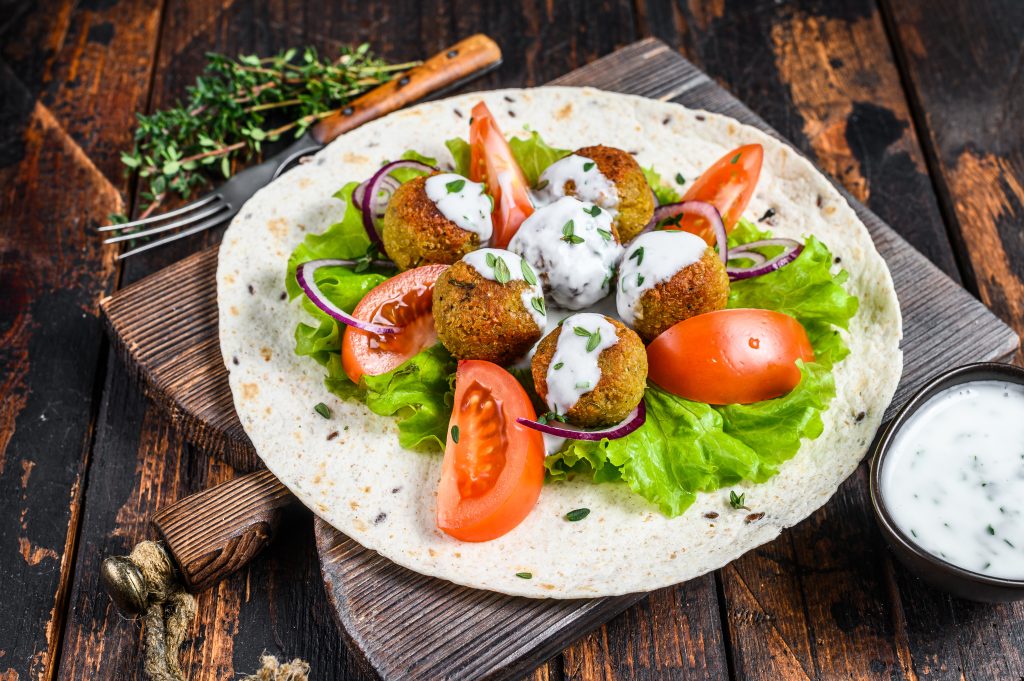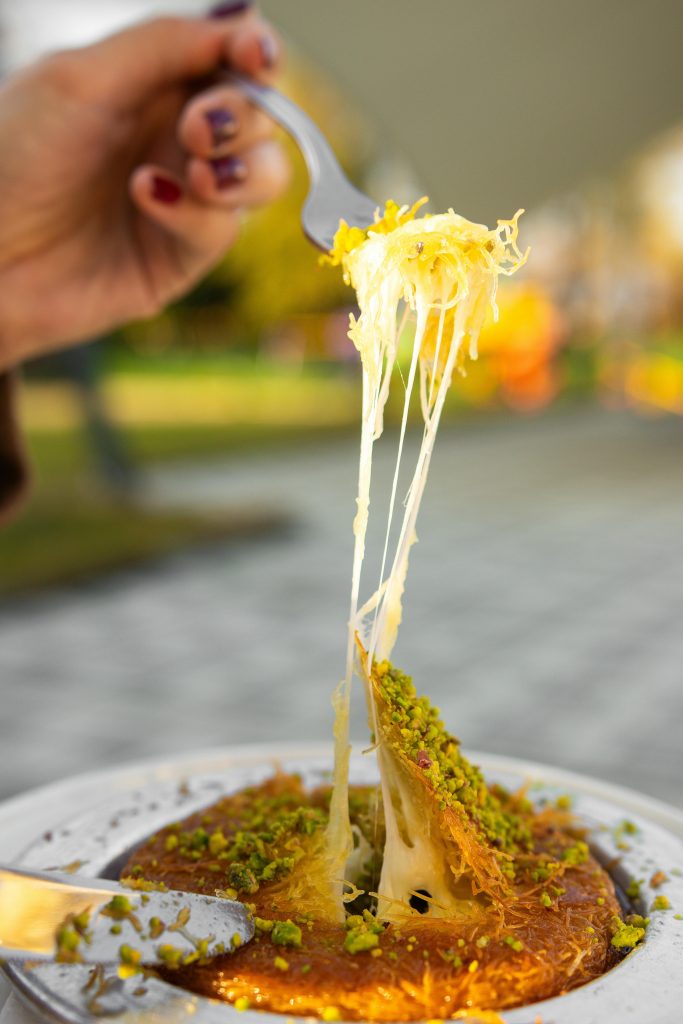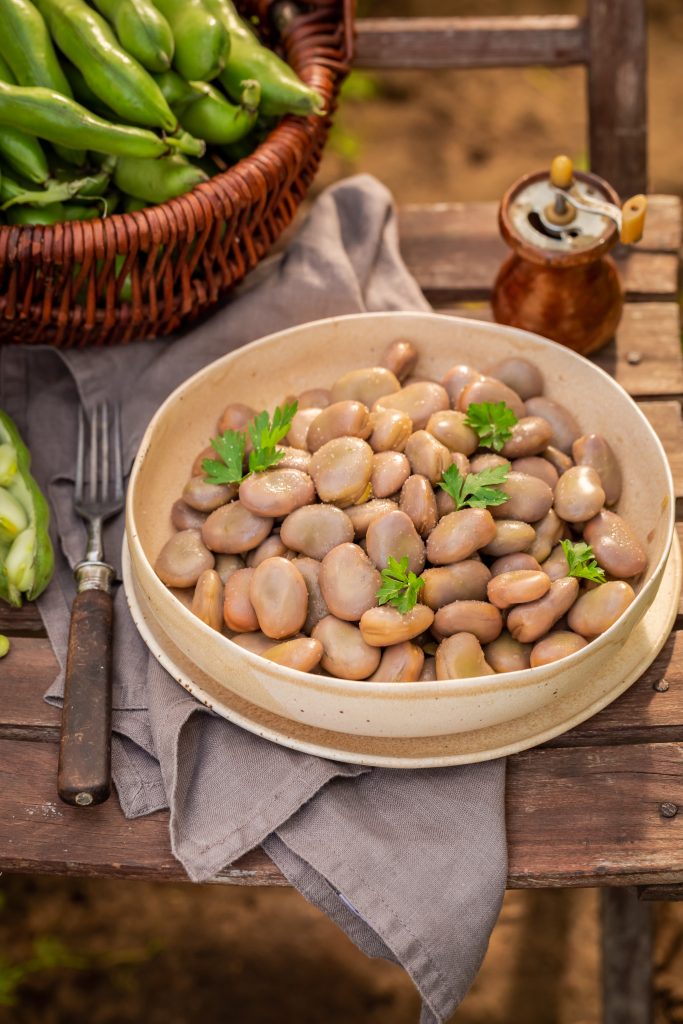
Middle Eastern street food isn’t just about convenience—it’s about culture, tradition, and the daily rhythms of life.
From the bustling souks of Damascus to the winding alleys of Beirut, from Baghdad’s lively streets to the vibrant markets of Palestine, street food has always been an essential part of the daily routine. Whether it’s grabbing a hot manakish on the way to work, enjoying a late-night falafel wrap, or warming up with a cup of foul nabet on a chilly evening, these dishes have been fueling people for generations.
Let’s take a stroll through the most beloved Middle Eastern street foods and explore how they’ve shaped daily life across the Levant.
Falafel: The Ultimate On-the-Go Snack
In Syria, Lebanon, Iraq, and Palestine, falafel is more than just a meal—it’s an experience. Early in the morning, street vendors set up their carts, frying up fresh batches of golden, crispy falafel. The smell of herbs and spices fills the air, luring in hungry customers. Workers rushing to their jobs grab a falafel wrap, perfectly stuffed with tahini sauce, pickles, and fresh veggies, all wrapped in warm pita bread.
Falafel is also the go-to food for family picnics. When families decide on a spontaneous outing, they stop by the nearest falafel stand, grab a few wraps, and pick up some chilled bottles of ayran (a refreshing yogurt drink). It’s the perfect combination of crispy, creamy, and refreshing—street food at its best.


Manakish: The Breakfast of Travelers
Manakish is the Middle Eastern equivalent of pizza—warm, chewy, and packed with flavor. In Lebanon, Syria, and Palestine, it’s a breakfast staple, especially for those on the move. Picture this: a worker walking through an old market in Beirut, stopping at a bakery where rows of freshly baked manakish are being pulled from a wood-fired oven. He picks a za’atar manakish, folds it in half, and takes bites as he heads to work.
For those traveling between cities, manakish is the perfect road trip food. Families stop at roadside cafeterias to grab different varieties—cheese, minced meat, or spicy muhammara. Whether hot and fresh or eaten later when cooled, manakish always delivers a satisfying bite.
Kunafa: The Sweet Temptation of Every Walk
Imagine walking through the streets of Damascus or Nablus early in the morning. The scent of freshly baked kunafa—with its crispy golden crust and gooey cheese filling—fills the air. It’s impossible to resist. Workers and students often stop by a kunafa shop, ordering a plate to enjoy on the go. A vendor swiftly cuts a warm piece, drizzles it with sweet syrup, and hands it over on a small plate. With a fork in one hand and kunafa in the other, people walk through the streets, savoring every bite.
Kunafa is also a late-night treat. Whether after dinner or during an evening stroll, families stop at their favorite dessert shop for a quick kunafa break, making it a tradition that brings people together at any hour.


Foul Nabet: The Warm Comfort of Winter Nights
During the chilly winter months, foul nabet (soft-boiled fava beans) and balila (chickpeas) take over the streets. Vendors push carts loaded with steaming pots, filling the air with the scent of cumin and garlic. These humble yet hearty dishes are eaten piece by piece—each fava bean dipped into a small plate of cumin and salt before being savored slowly.
But the experience isn’t complete without a cup of hot fava bean broth, flavored with cumin and lemon. It’s a ritual that warms the hands and the soul, a comforting tradition that has been part of Middle Eastern street food culture for centuries.
Street Food: A Daily Tradition
Whether you’re a worker grabbing a quick breakfast, a family on a road trip, or a student looking for a midnight snack, these dishes have always been there, bringing joy and comfort to the streets.
The routin of the daily life
From the break of dawn until late at night, street food vendors are part of the urban landscape. The smell of fresh bread, roasting meat, and sweet syrup lingers in the air, mixing with the energy of the streets. In the mornings, students rushing to school, workers heading to their jobs, and travelers setting off on long journeys all stop by their favorite spots for a quick bite.
Passed Down Through Generations
For many, visiting a street food stall isn’t just about eating—it’s about continuing a family tradition. Grandparents tell stories of how they used to eat the same foods from the same markets decades ago. Parents take their children to the same vendors they visited in their youth, passing down the love for a simple falafel wrap or a late-night kunafa treat.
Street Food as a Reflection of Culture
Middle Eastern street food is deeply tied to the cultural and historical fabric of the region. It reflects hospitality, resourcefulness, and a deep love for fresh, simple ingredients. Unlike fast food in many other parts of the world, these meals are often made by hand, with care and attention to flavor. The presence of street food vendors in every neighborhood, at every hour, speaks to the region’s love.

